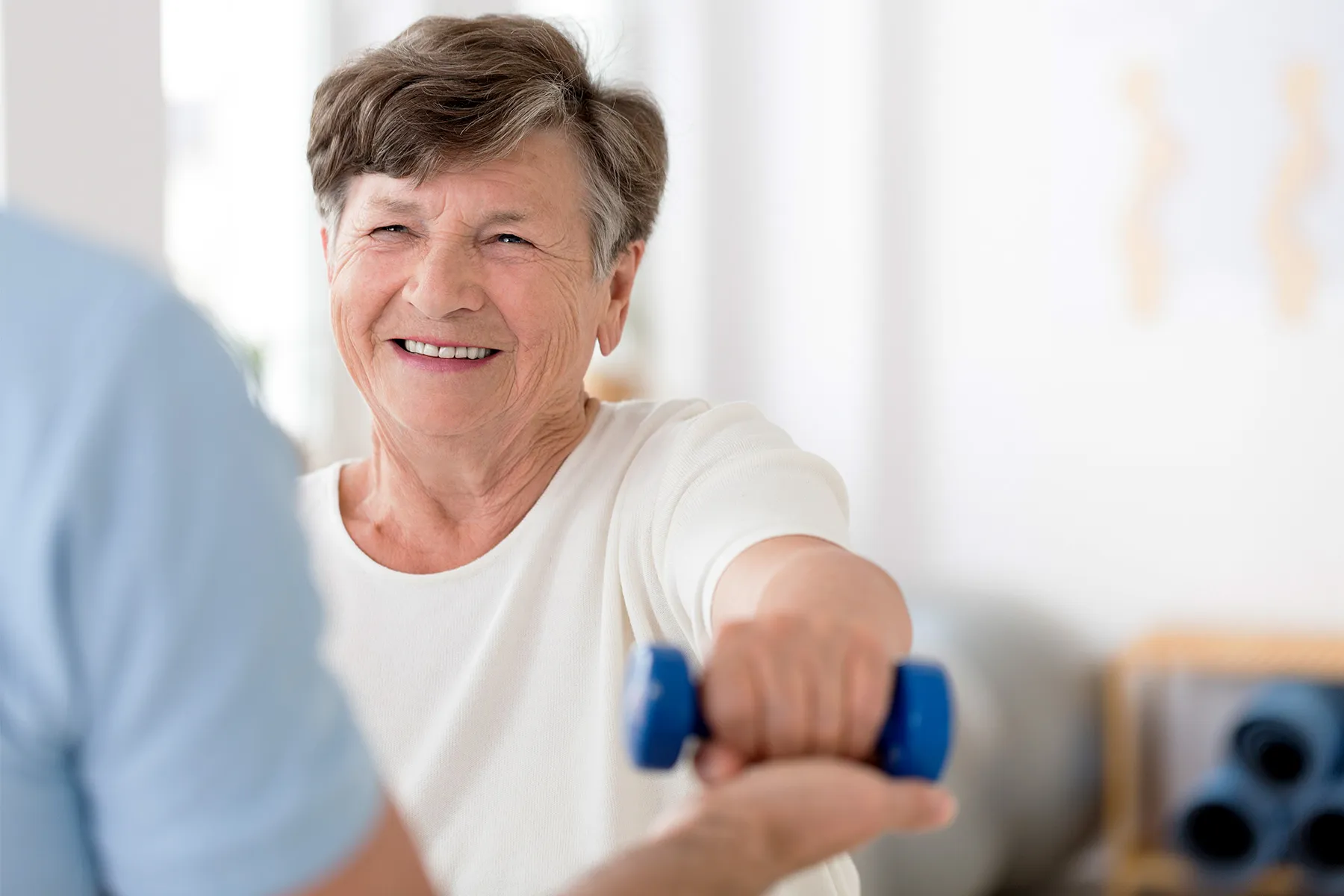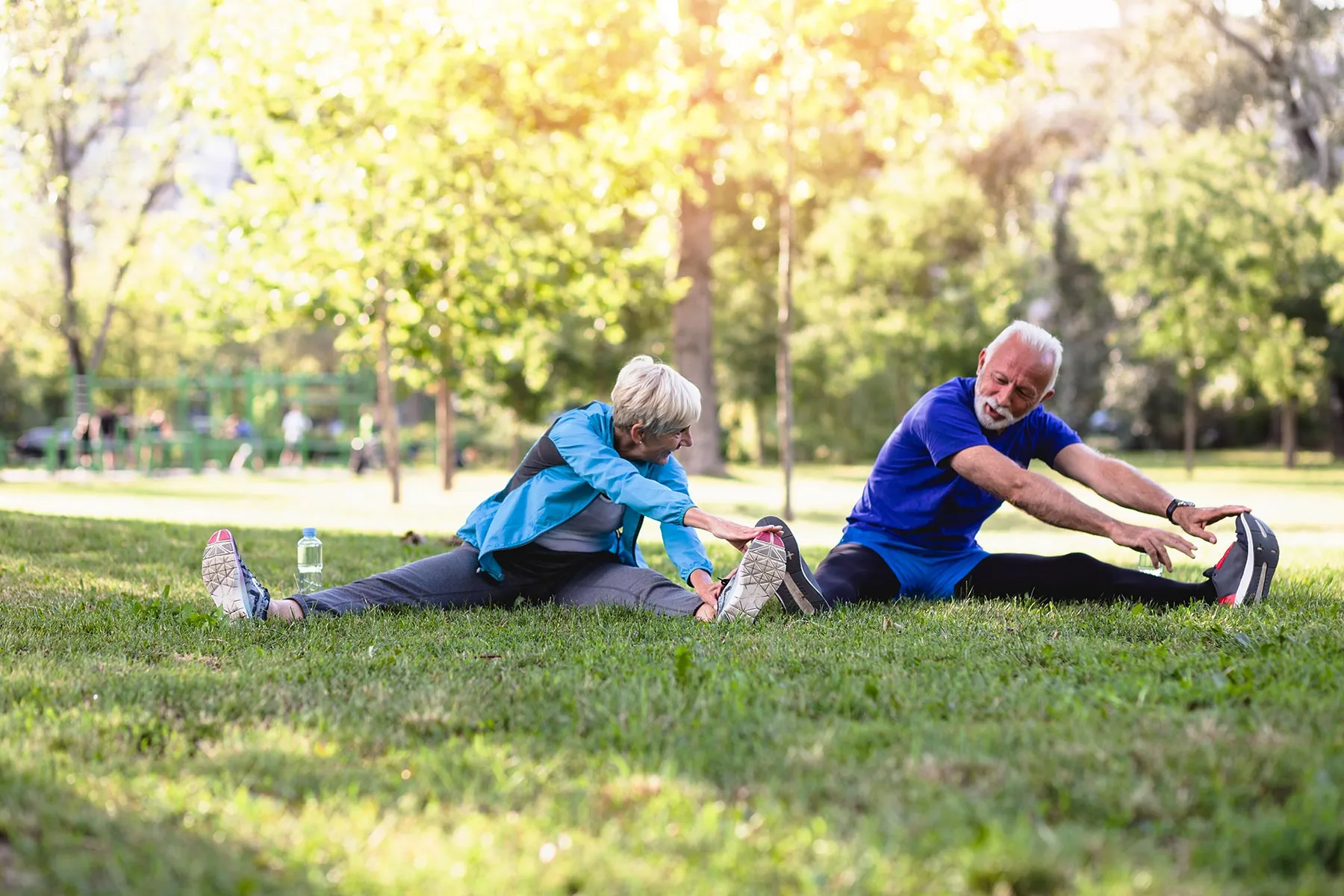How to Exercise After a Heart Attack

Sources Medically Reviewed on 11/18/2022 Reviewed by James Beckerman, MD, FACC on November 18, 2022
IMAGES PROVIDED BY:
1) Getty
2) Getty
3) Getty
4) Getty
5) Getty
6) Getty
7) Getty
8) Getty
9) Getty
SOURCES:
Journal of the American Heart Association: "Increased Physical Activity Post–Myocardial Infarction Is Related to Reduced Mortality: Results From the SWEDEHEART Registry," "Strong Implications But Weak Evidence for Strength Training."
American Heart Association: "Exercise after heart attack may improve survival," "What is Cardiac Rehabilitation?" "How much physical activity do you need?" "Warm Up, Cool Down," "Working Out Safely After a Heart Attack."
American Family Physician: "Heart Attack: Getting Back into Your Life After a Heart Attack."
CDC: "How Cardiac Rehabilitation Can Help Heal Your Heart," "Unhealthy Air, Unhealthy Heart."
Cleveland Clinic: "Exercise & Activity After a Heart Attack," "How Cold Weather Can Spell Trouble for Your Heart and Lungs."
Heart Failure Society of America: "Module 5: Exercise and Activity with Heart Failure."
Northwestern Medicine: "Exercise and Your Heart."
Harvard Health Publishing: "Can shoveling snow put your heart at risk?" "Heat is hard on the heart; simple precautions can ease the strain."
American Council on Exercise: "ACE Study Examines Effects of Bikram Yoga on Core Body Temps."
Mayo Clinic: "Aerobic exercise: How to warm up and cool down."
American Academy of Family Physicians: "Tips for Recovering and Staying Well After a Heart Attack."
Reviewed by James Beckerman, MD, FACC on November 18, 2022
This tool does not provide medical advice. See additional information.
THIS TOOL DOES NOT PROVIDE MEDICAL ADVICE. It is intended for general informational purposes only and does not address individual circumstances. It is not a substitute for professional medical advice, diagnosis or treatment and should not be relied on to make decisions about your health. Never ignore professional medical advice in seeking treatment because of something you have read on the WebMD Site. If you think you may have a medical emergency, immediately call your doctor or dial 911.








